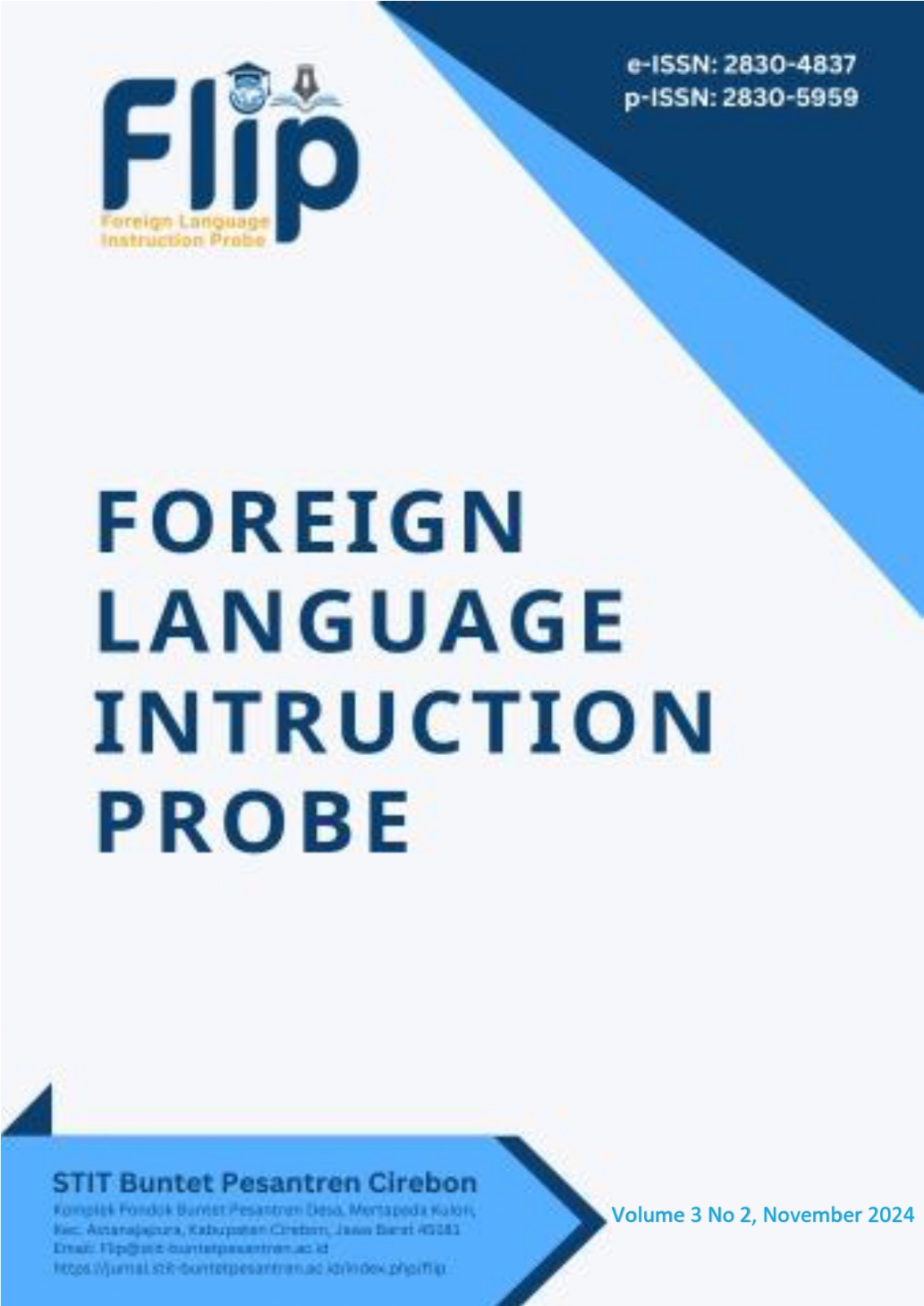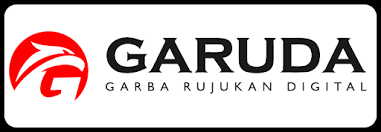Highlighting Characteristics of CEFR-Based Digital Expository Reading Resource Needs
Menyoroti Karakteristik Kebutuhan Sumber Daya Bacaan Ekspositori Digital Berbasis CEFR
Keywords:
Expository, Digital reading, EFL classroom strategies, CEFR basedAbstract
For most students, learning to read exposition text is not easy. When reading expository material, students often struggle to understand the purpose of reading, identify key concepts, and locate specific details in the text. These problems cause EFL (English as a Foreign Language) learners to find reading expository texts a challenging task. Since almost all students have difficulty understanding expository texts, teachers need strategies to facilitate their comprehension of such texts. One potential strategy is to incorporate CEFR (Common European Framework of Reference for Languages)-based digital reading resources into the EFL classroom. The use of these digital reading resources provides an opportunity for students to improve their English language skills and critical thinking. This study aims to identify the characteristics of CEFR-based expository digital reading resources in the EFL classroom. This study used an R&D (research and development) design with a qualitative approach. A needs analysis was conducted through interviews with two teachers who provided insights into what students need when learning using the internet. The results showed that digital resources are needed to help students learn expositional texts. These digital resources not only help in understanding expository texts but also play an important role in the development of students' overall English language skills and critical thinking skills.
Downloads
Published
Issue
Section
License
CopyrightNotice
Authors who publish in this journal agree to the following terms:
In order to assure the highest standards for published articles, a peer review policy is applied. In pursuit of the compliance with academic standards, all parties involved in the publishing process (the authors, the editors, the editorial board, and the reviewers) agree to meet the responsibilities stated below in accordance with the journal publication ethics and malpractice statement.
Duties of Authors:
- The author(s) warrant that the submitted article is an original work, which has not been previously published, and that they have obtained an agreement from any co-author(s) prior to the manuscript’s submission;
- The author(s) should not submit articles describing essentially the same research to more than one journal;
- The author(s) make certain that the manuscript meets the terms of the Manuscript Submission Guideline regarding appropriate academic citation and that no copyright infringement occurs;
- The author(s) should inform the editors about any conflicts of interest and report any errors they subsequently, discover in their manuscript.
Duties of Editors and the Editorial Board:
- The editors, together with the editorial board, are responsible for deciding upon the publication or rejection of the submitted manuscripts based only on their originality, significance, and relevance to the domains of the journal;
- The editors evaluate the manuscripts compliance with academic criteria, the domains of the journal and the guidelines;
- The editors must at all times respect the confidentiality of any information pertaining to the submitted manuscripts;
- The editors assign the review of each manuscript to two reviewers chosen according to their domains of expertise. The editors must take into account any conflict of interest reported by the authors and the reviewers.
- The editors must ensure that the comments and recommendations of the reviewers are sent to the author(s) in due time and that the manuscripts are returned to the editors, who take the final decision to publish them or not.
Authors are permitted and encouraged to post online a pre-publication manuscript (but not the publisher’s final formatted PDF version of the work) in institutional repositories or on their websites prior to and during the submission process, as it can lead to productive exchanges, as well as earlier and greater citation of published work (see The Effect of Open Access). Any such posting made before acceptance and publication of the work shall be updated upon publication to include a reference to the publisher-assigned DOI (Digital Object Identifier) and a link to the online abstract for the final published work in the journal.









